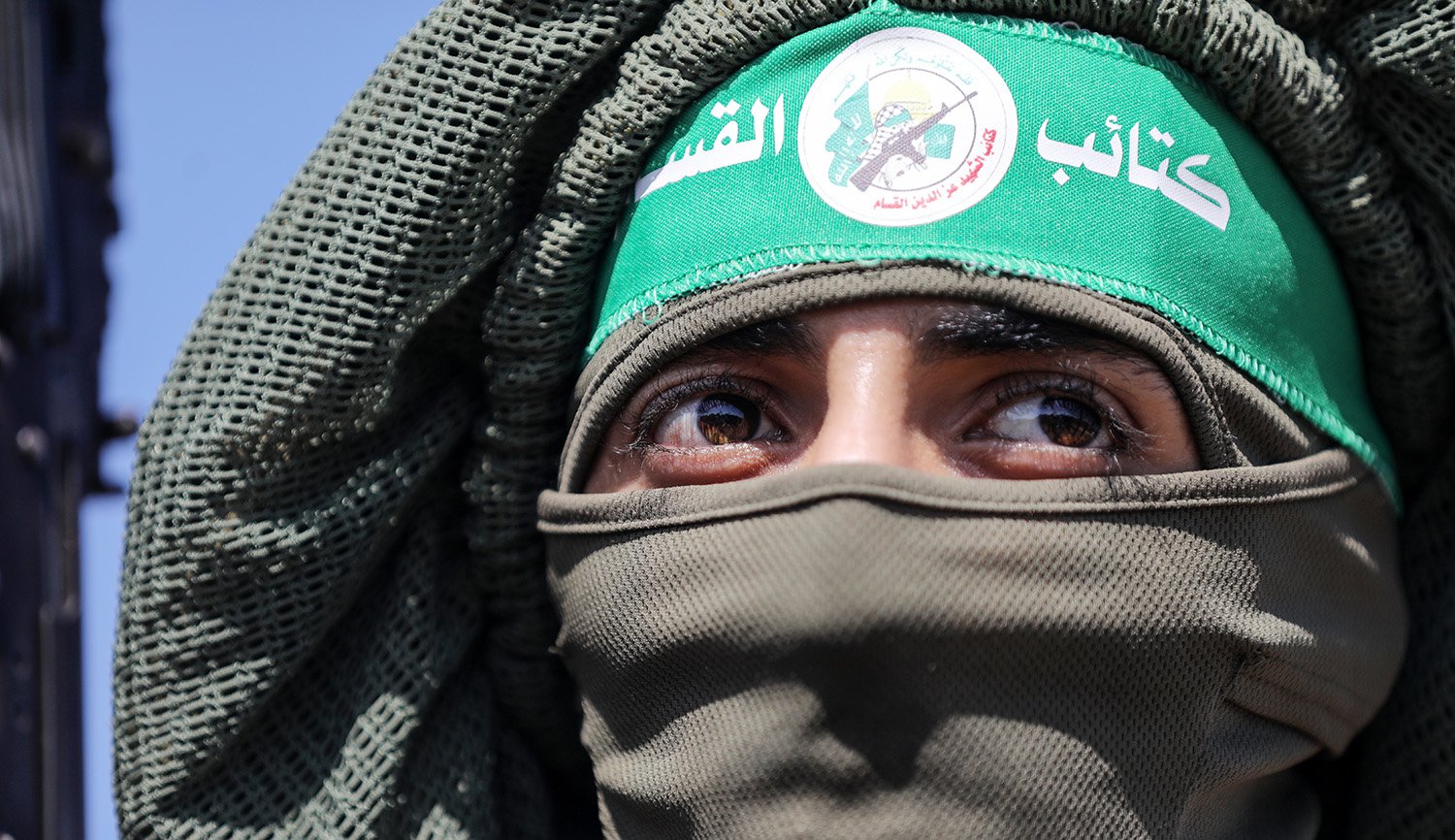A front-page story on European anti-Semitism appeared in the New York Times in September. It contained, as Matthew Continetti notes, “no breaking news, no revelations, no surprising analyses, and no startling perspectives.” Nor did the paper draw any connection between its “discovery” of a resurgence of anti-Semitism and the poisoned climate of opinion fostered in European—or American—media, prominently including the Times itself, with their constant and relentless harping on the alleged sins of of the state of Israel. But that connection, writes Continetti, is inescapable and pernicious:
Throw a dart, and it will land on a publication or media company whose feelings toward Israel are, in a word, bellicose. The Independent, the Guardian, the Economist, the BBC, the Washington Post, the New Yorker, the Atlantic Monthly, Vox, NPR, PBS, CNN, MSNBC, Time, Newsweek, the Lancet—they all portray Israel as rapacious and the Palestinians as helpless victims of Jewish sadism. Their fixation on Israel becomes a fixation on Jews that creates a noxious climate of opinion, breeding conspiracy theories, accusations of dual loyalties, intimidation, even violence.
And when these fumes come “out of the shadows,” and make contact with an environment in which anti-Zionists and anti-Semites reside, the hazards, as we see in the Middle East and in Europe, are real. And they are deadly.
More about: Anti-Semitism, Anti-Zionism, Media, New York Times


